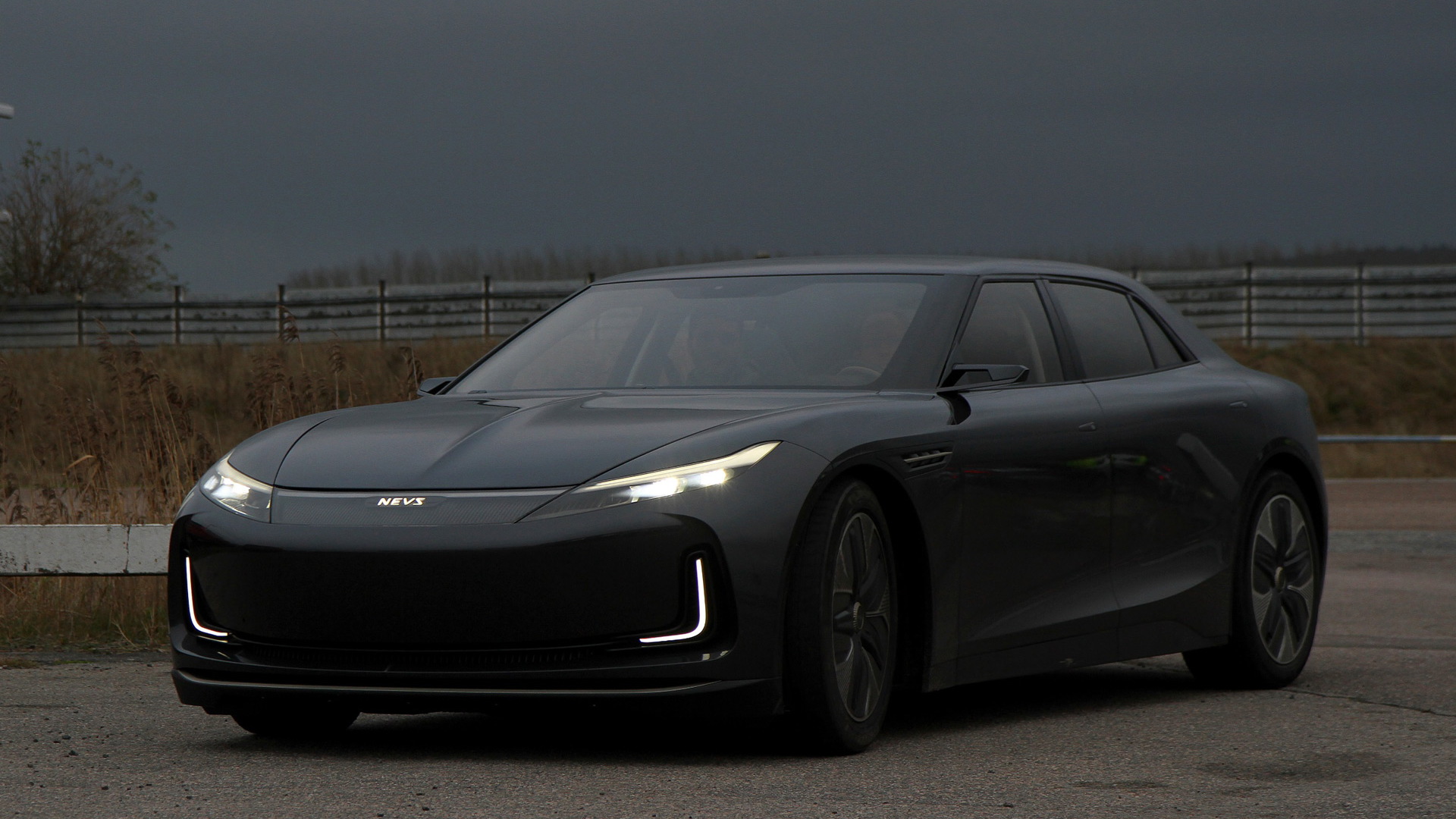The Industrial Revolution that started around 1750 in England was powered largely by coal.
With Watt's invention of the steam engine and the emergence of railways in the mid-nineteenth century, the carbon-dense fuel was central to the change from an agricultural economy to an industrial one.
Last Friday, however, marked a watershed moment for Britain and its relationship to coal.
DON'T MISS: Coal industry hopes to don disguise as clean-power player via carbon capture
That day—April 21, 2017—was the first in 135 years in which no coal was burned in Britain to generate electricity.
The BBC reported on the milestone achievement, using data provided by the country's National Grid.
There had been previous 19-hour periods in which no coal was burned, one the previous day and another in May 2016.

Offshore wind farm
The last of Britain's coal plants is to be phased out by 2025, as part of the country's efforts to reduce its carbon emissions to reduce the impact of climate change.
They will largely be replaced by a mix of natural gas, which emits much less carbon per kilowatt-hour of electricity generated, and renewables, including offshore wind, which has big potential in the blustery oceans around the island nation.
Still, it can be hard for non-Britons to understand the centrality of coal to the core identity of the United Kingdom.
READ THIS: Trump DoE to critique renewables against coal for grid reliability
Even as its pollution was evident, coal powered the small nation and kept it at the forefront of world affairs throughout the nineteenth century.
But the Great Smog that descended on London in December 1952 marked a turning point.
That even is now estimated to have killed as many as 12,000 people, far higher than the 4,000 to 5,000 cited at the time.

Mark Webber driving a 2016 Porsche 919 Hybrid in London
In a capital still attempting to recover from the ravages of World War II, the suffering and deaths led directly to the Clean Air Act of 1956.
Heating buildings by burning coal was banned entirely, starting in 1964, and the improvement in air quality was swift and stunning.
The change was underscored by the emergence of colorful, delicate Victorian architectural decoration previously hidden beneath black grime for as much as a century.
CHECK OUT: Exxon says coal will endure; other analyses beg to differ
Coal is falling as a percentage of the U.S. power grid, according to data from the U.S. Energy Information Administration, replaced by renewables and the growing use of fracked natural gas.
Only one or two new coal power plants are envisioned for the U.S., despite President Trump's promise to "bring back coal" for its mining jobs—which have fallen for years due to the cost savings from more automated mountaintop-removal mining.
Meanwhile, China recently canceled more than 100 planned coal-fired electricity plants, some already under construction.

Coal trains by Flickr user Kimon Berlin (Used under CC License)
[EDITOR'S NOTE: Green Car Reports thanks our tipster, who prefers to remain an International Man of Mystery.]
Green Car Reports respectfully reminds its readers that the scientific validity of climate change is not a topic for debate in our comments. We ask that any comments by climate-change denialists be flagged for moderation. Thank you in advance for helping us keep our comments on topic, civil, respectful, and fact-based.
_______________________________________













